Leukonychia, commonly known as white nail syndrome, refers to a condition in which white bands or spots appear on the nail plate. This condition is usually harmless, often caused by minor trauma to the nail plate that causes disruption of the nail bed. In some cases however, it can be caused by underlying diseases, such as anemia, zinc deficiency or hypoalbuminemia. Leukonychia can be classified into various types, differentiated by where on the nail plate the white bands or spots appear. Observable white spots on the nail plate are referred to as punctate leukonychia, while white bands across the nail plate are referred to as partial or total leukonychia. Leukonychia is also classified based on its cause, such as true and false leukonychia. True leukonychia is caused by a decrease in melanin production or injury to the nail plate, while false leukonychia is caused by a deficiency of proteins, and a lack of blood circulation in the nail plate. Leukonychia can usually be treated at home with simple hygienic practices such as keeping the hands clean and dry, avoiding harsh products, and avoiding risk of trauma to the nails. In some cases, a doctor may prescribe topical creams or medications such as steroids or antifungals. However, if leukonychia is suspected to be caused by an underlying medical condition, it is best to seek a doctor’s advice. The prevention of leukonychia is fairly straightforward—avoid trauma to the nails and pay close attention to nail hygiene. Cost of treatment is usually lower than the cost of preventative care if the treatment is more complex, so it’s important to seek medical advice if any signs or symptoms appear. When leukonychia is suspected to be caused by an underlying medical condition, the cause should be identified and managed as soon as possible in order to get the best results.
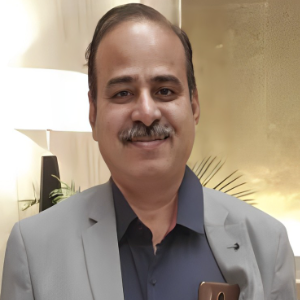
Ravi M Rathod
KMCRI, India
Dechelette Corinne
La Peau Autrement, France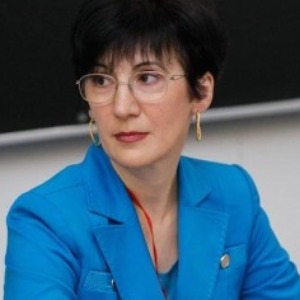
Irina Sergeeva
Novosibirsk State University, Russian Federation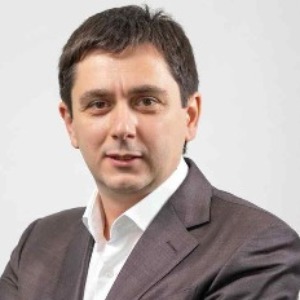
George Sulamanidze
Plastic Surgeon at Clinic of Plastic and Aesthetic Surgery and Cosmetology TOTALCharm, Georgia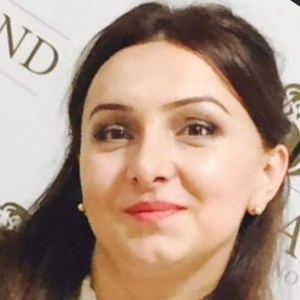
Nino Tsamalaidze
Ltd Karabadini+, Georgia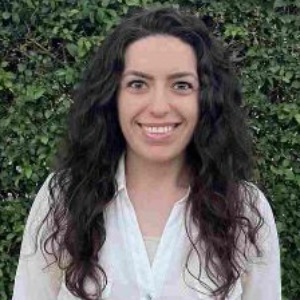
Lina Petrossian
California University of Science and Medicine, United States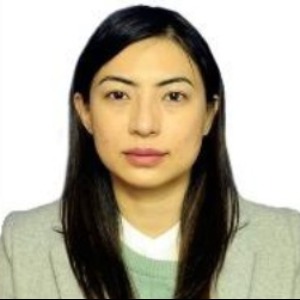
Surajbala Khuraijam
Manipur Health Services, India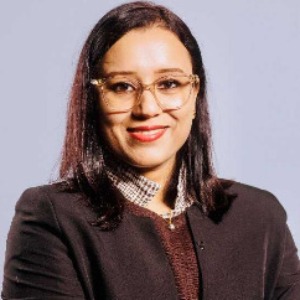
Shrutimita Pokhariyal
Symbio, India
Yasser Mohammed Hassanain Elsayed
Egyptian Ministry of Health, Egypt



Title : Paraneoplastic Autoimmune Multiorgan Syndrome or PAMS: Paraneoplastic pemphigus revisited
Sergei A Grando, University of California Irvine, United States
Title : Modern non-invasive methods for in vivo assessment of skin
Georgios N Stamatas, SGS, France
Title : Personalized and precision dermatology through the view of biodesign-inspired translational & data-driven applications: Revolutionary skin treatments for every concern in clinical dermatology integrating skin care experts and consumers
Sergey Suchkov, N.D. Zelinskii Institute for Organic Chemistry of the Russian Academy of Sciences, Russian Federation
Title : The next generation of threads: Lifting, volumization, and biostimulation in one powerful triple action
George Sulamanidze, Plastic Surgeon at Clinic of Plastic and Aesthetic Surgery and Cosmetology TOTALCharm, Georgia
Title : Lymphoproliferative diseases in the practice of a dermatologist
Irina Sergeeva, Novosibirsk State University, Russian Federation
Title : Art, skin, and dermatology: Interdisciplinary perspectives
Dechelette Corinne, La Peau Autrement, France
Title : Comparative efficacy of omalizumab and dupilumab in children with Chronic Spontaneous Urticaria (CSU): A retrospective cohort analysis
Molynna Nguyen, University of Toledo, United States
Title : "Mirror mirror on the skin” — A low-cost community strategy to reduce melanoma disparities in Washington, D.C.
Kayla Sampson, Georgetown University School of Medicine, United States
Title : Vitiligo: Not just an aesthetic disorder
Mateja Starbek Zorko, University Medical centre Ljubljana, Slovenia
Title : Personalized and Precision Medicine as a unique avenue to have the healthcare model renewed to secure the national biosafety: Advanced skincare solutions in individualized cosmetology, reconstructive plastic surgery and the modern beauty
Sergey Suchkov, N.D. Zelinskii Institute for Organic Chemistry of the Russian Academy of Sciences, Russian Federation